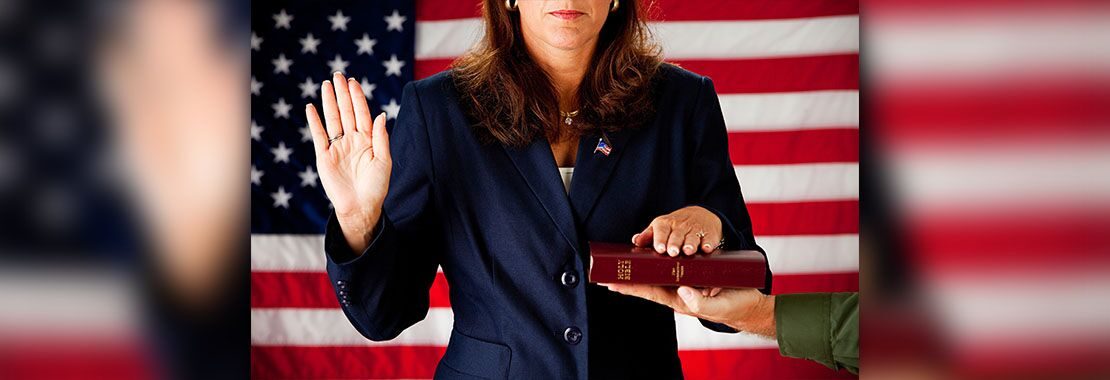Author: Emily Farris, Texas Christian University
It has been one hundred years since (white) women were granted the right to vote, and many universities and organizations, such as Women League of Voters, are celebrating this milestone. With more women involved and elected in politics, and gender remaining a persistent theme in politics, particularly as voters and pundits ponder the electability of women, it is useful to find ways to discuss gender outside of its traditional placement in civil rights on the syllabus in Introduction to American Politics.
The When Women Run Project
Dr. Meredith Conroy of California State University-San Bernardino partnered with FiveThirtyEight to look at these issues in their new When Women Run project. So far the project has produced two articles by Dr. Conroy with 538: one looking at the structure of elections and the election of women and another looking at the variation across states in women’s elections.
Dr. Conroy explained to me the different ways you could use her pieces in an Introduction to American Politics class. “These visualizations are a short cut for understanding levels (state, federal) and branches (congress, executive) of government — by identifying where women thrive, students can see the various places where women compete. This would also let you then have students work in small groups to compare across states, to show how much variation there is, depending on where you live.”
These articles could easily tie in to a lecture on federalism, on campaigns and elections, or on political participation. I appreciate the way she and her coauthors make political science jargon, like district magnitude, accessible to readers and how they utilize data from sources like Center for American Women and Politics at Rutgers.
The project also includes an interesting oral history of women (97 total) from every state who have won political office. In it, they ask women politicians if voters asked gendered questions, the worst sexism they experienced in politics, and advice they’d give to women running today. My students lately are loving podcasts as an alternative to readings, so I could see using these sources in class as a break from lecture or as an assignment.
Follow Dr. Conroy on Twitter as she tweets more from the project!

